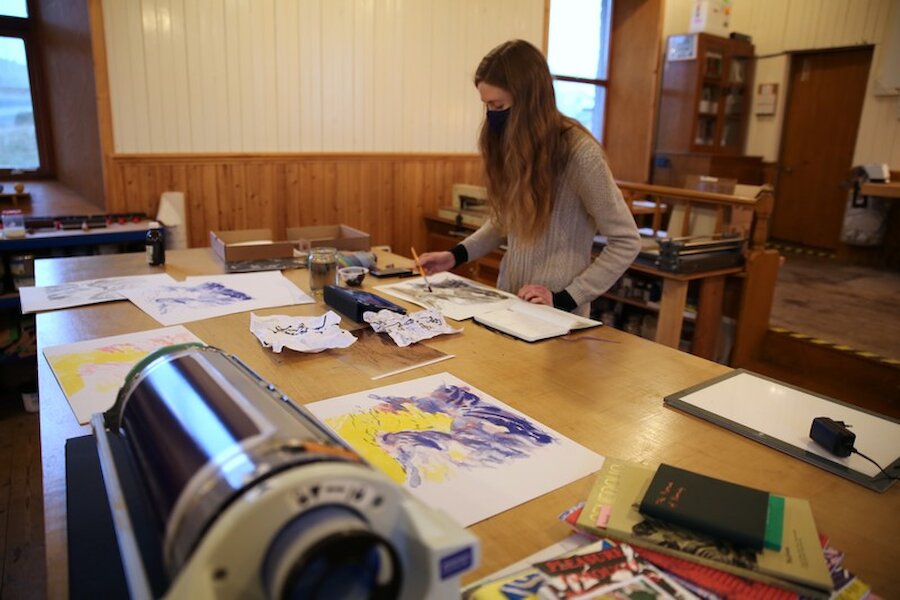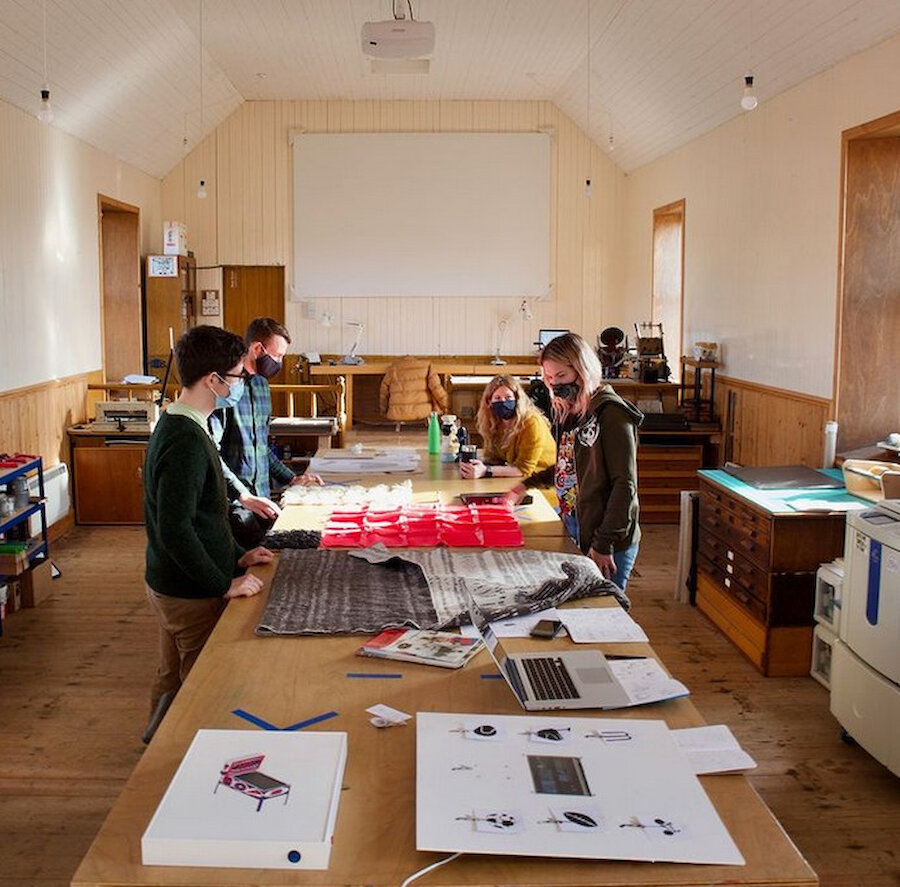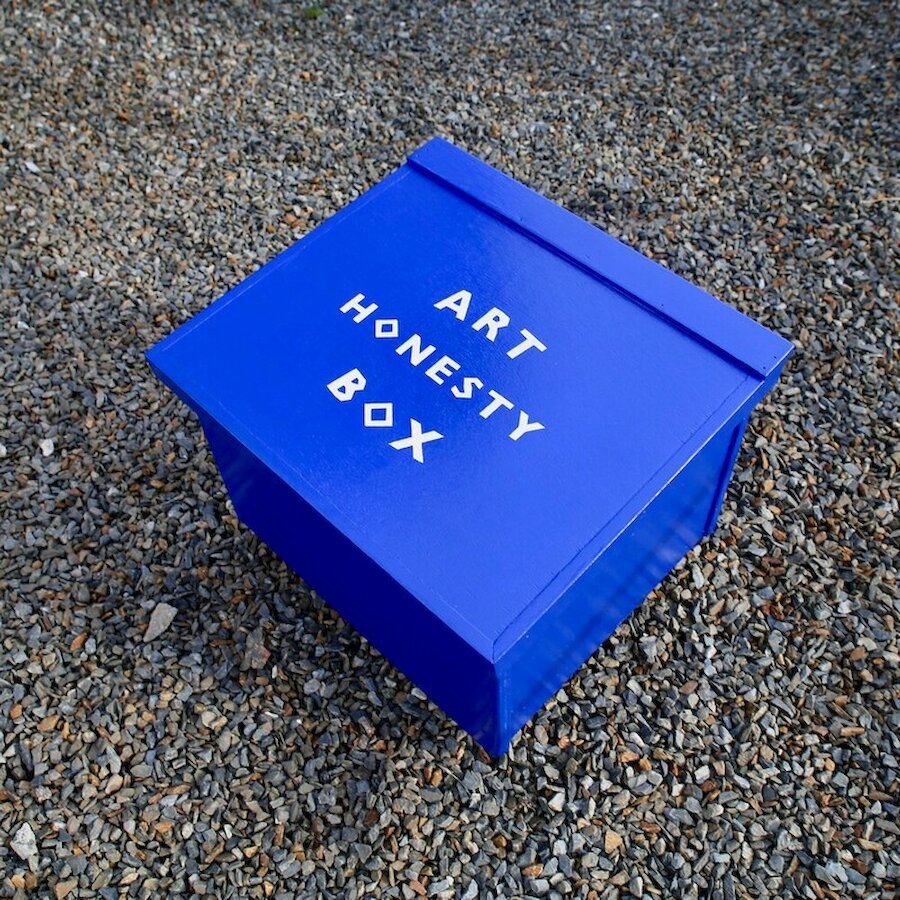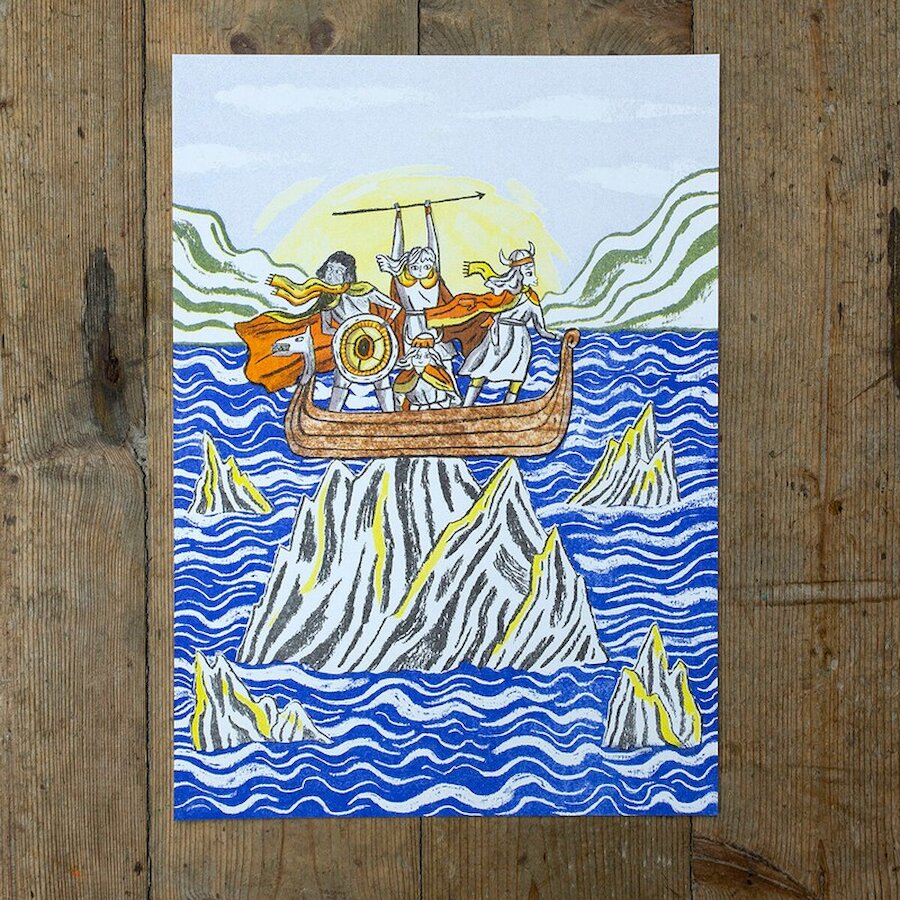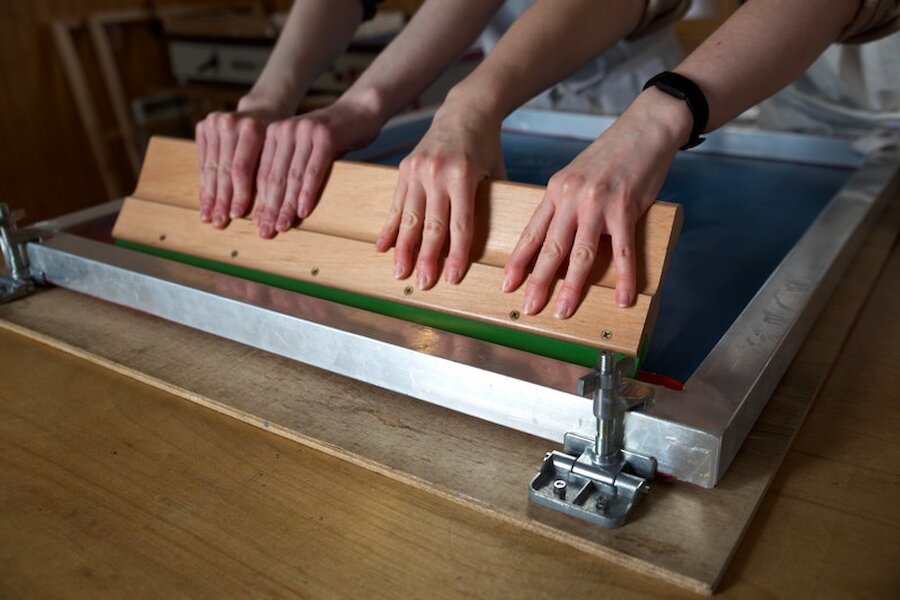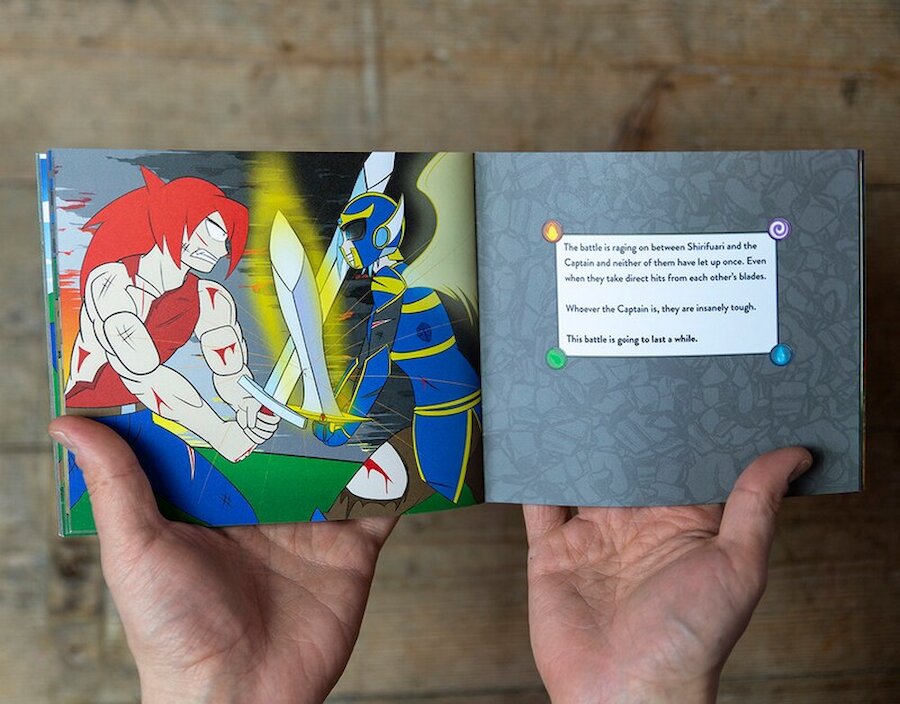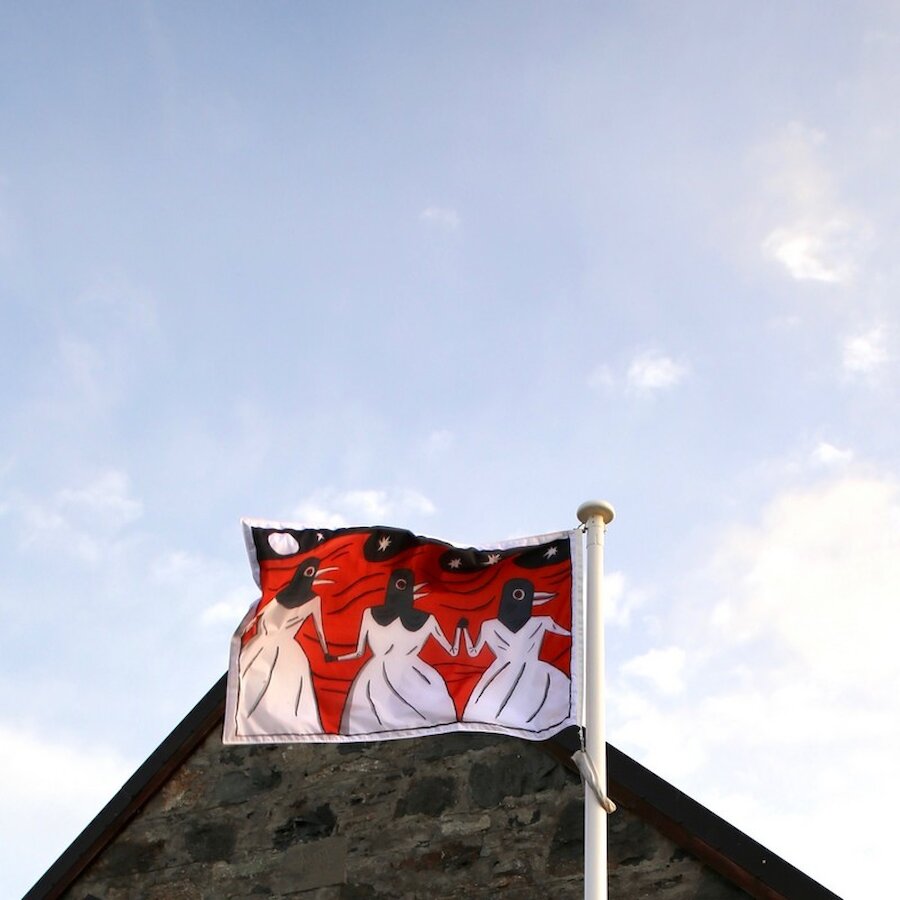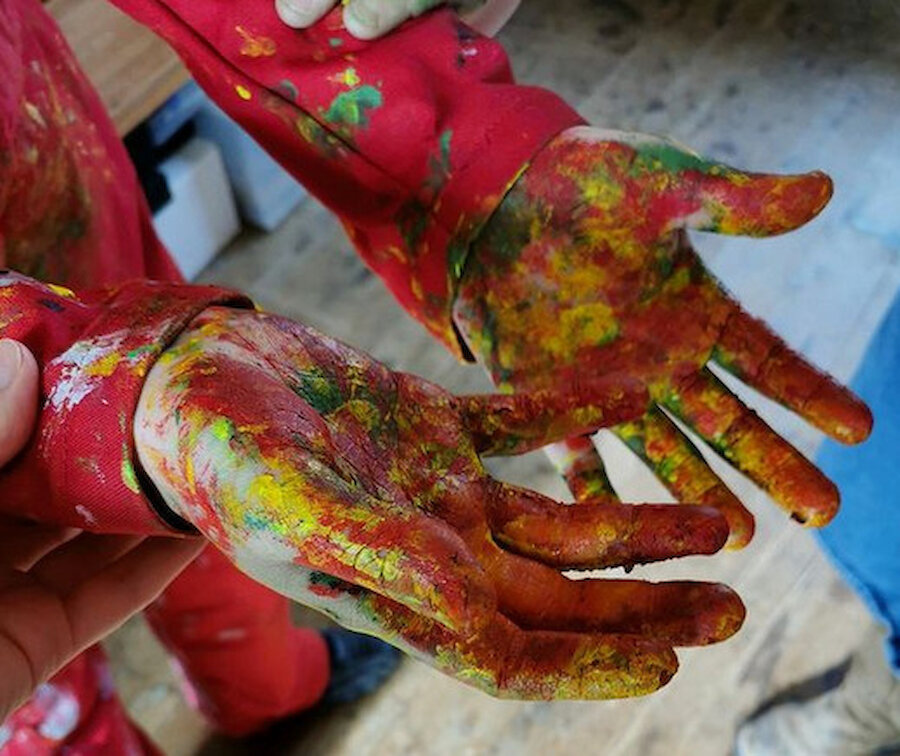Of course, some aspects of Shetland’s creative heritage have long been appreciated world-wide, especially the skills and imagination that have fuelled generations of textile design and traditional music. More recently, the work of many visual artists and craft makers has become better known.
Gaada’s home in the old chapel has a surprising association with visual art, for in 1953 it was used to show a newsreel of the Queen’s coronation; although Lerwick had long had a cinema, the North Star, Burra wasn’t connected to the mainland by bridges in those days, and it was the first occasion on which some island residents had seen moving images on a screen.

